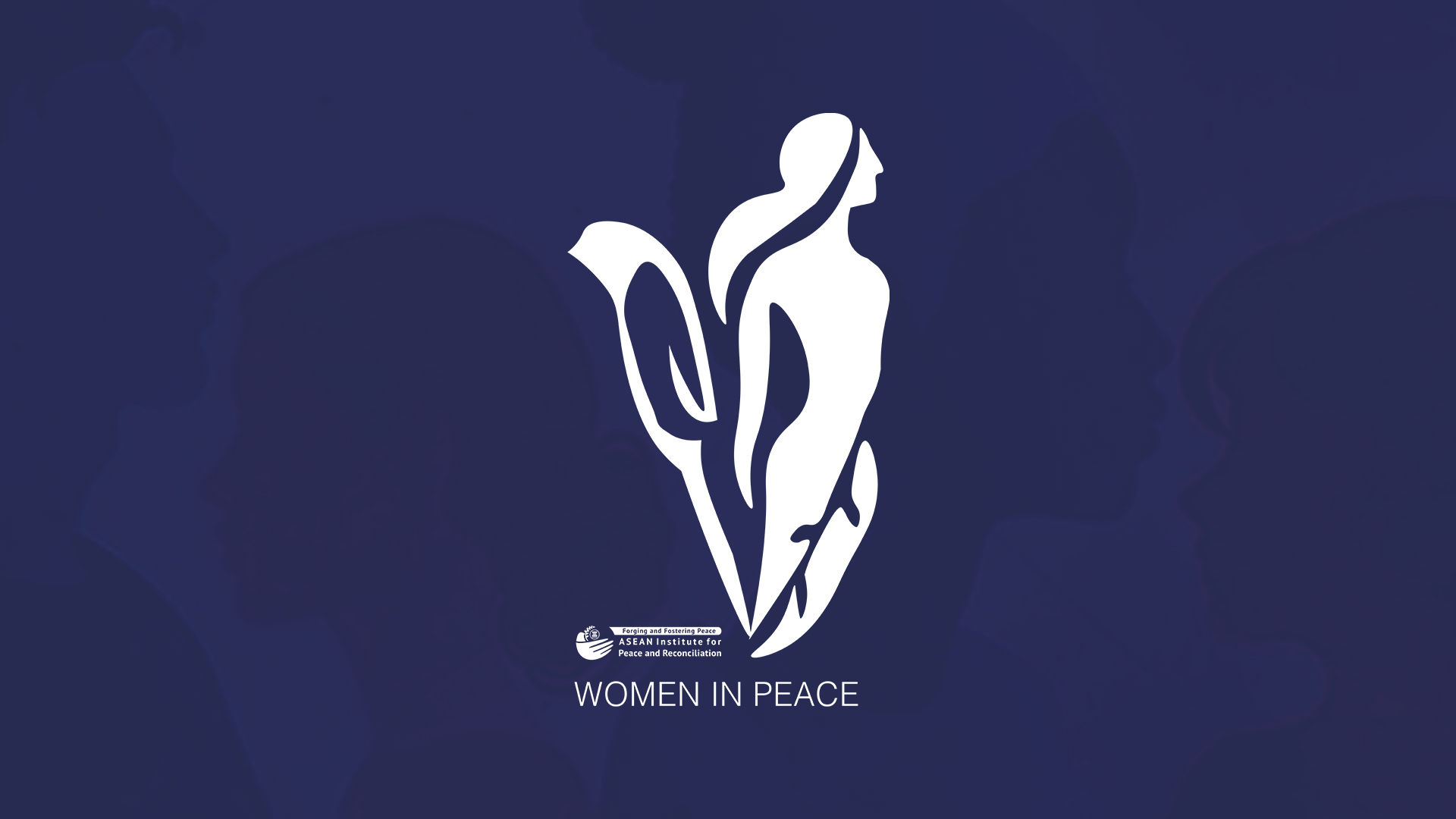Starting Point
Ms. Ja Nan is working with an undisclosed CSO in Myanmar. Her father was a peacemaker and a Christian pastor who had a good relationship with the village members. Since she was young, she has heard many stories from villagers about the unjust torture of women. These stories make her believe that women must protect themselves.
Her role models are Mother Teresa and Margaret Thatcher. She admires Margaret Thatcher especially for the “iron spirit” that Thatcher has. She said that she can also learn from Julie Bishop, whose inspiring performance is a model to follow
Peace Journey
In the past, she mediated dialogue between both parties and provided pathways for discussions during tripartite meetings. She recalled her first experience as a mediator between the ethnic armed organisations (EAO) and the Government. However, her role was not appreciated until the second meeting; yet, it did not deter her from proceeding as a mediator.
Although she had intended to retire, she will continue to fulfil the needs of the people because her role is still needed. She argued that if peace is not achieved, the most vulnerable people in society will suffer the most. She added that women's participation in the Track 1 peace process is still minimal. Furthermore, there is no special treatment, as her involvement is not solely based on her gender; she has had the opportunity to participate due to her expertise and capabilities.
Success Stories
Reflecting on her success, she is proud of the output of the previous Myanmar Peace Process. It was signed during the administration of the State Law and Order Restoration Council (SLORC). She argued that, in terms of its achievements as a process, it can be regarded as successful, although it was not as strong as the current Nationwide Ceasefire Agreement (NCA).
Through her experience, she learned that in the peace process, one must seize the opportunity at the right time. She recalled that people’s participation in the peace process had never been allowed until the U Thein Sein regime. At that time, she was able to win trust in her role as a mediator.
According to her, more women need empowerment, opportunities, and exposure to participate in peacemaking, building, and maintaining peace, as they often lack the confidence to seize opportunities when they arise. As a woman, the opportunity to contribute came if she could perform her duties. However, due to the nature of the armed conflict, there is a security concern, and the need to protect women in IDP camps is greater than that of men. One contributing challenge is a conventional perspective of men, which disapproves of even the refusal of women's leadership. She shared a story about a woman who received a stiff reprimand from an officer when she presented her idea.
Related to women’s involvement, she asserted that women constituted over 30% of individuals occupying planning and decision-making positions within the peace process. Furthermore, she acknowledged that it was not difficult to explain to EAOs why women should be included, but it was more challenging to assure the government side of this.
She reiterated that, according to United Nations Security Council Resolution 1325, on Women, Peace, and Security, women should be at the decision-making level. However, in reality, there are not many women in her place. For instance, there are merely one or two representatives from the EAOs and one from the governmental side, which amounts to a total of three women and 48 men. Another thing is that not only quantity but also quality should be a prerequisite at the decision-making level. In addition, for the Peace Process to be more effective, more women should also be in the Research and Technical Teams, as they can shape and devise strategies.

